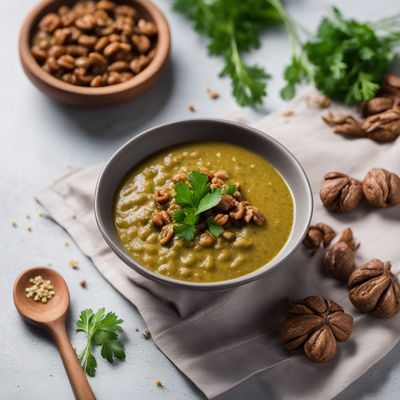
Dish
Salsa di noci
Walnut sauce
Salsa di noci is a simple sauce made with just a few ingredients. The sauce is made by blending together walnuts, garlic, olive oil, and a little bit of water. The result is a creamy and flavorful sauce that is perfect for pasta. The sauce is typically served with short pasta shapes like fusilli or penne, but it can also be used as a dip or spread. Salsa di noci is a great way to add some flavor to your pasta dishes without using heavy cream or cheese.
Origins and history
Salsa di noci originated in the Liguria region of Italy. The sauce is believed to have been created by fishermen who used walnuts instead of pine nuts to make pesto. Over time, the sauce became a staple of Ligurian cuisine and is now enjoyed throughout Italy and around the world.
Dietary considerations
Vegetarian, vegan, gluten-free
Variations
There are many variations of Salsa di noci. Some recipes call for the addition of Parmesan cheese or ricotta cheese. Others use different types of nuts like almonds or hazelnuts. Some recipes also call for the addition of lemon juice or red pepper flakes for a little extra kick.
Presentation and garnishing
Salsa di noci is typically served with a sprinkle of chopped walnuts and fresh parsley. It can also be garnished with a drizzle of olive oil or a sprinkle of grated cheese.
Tips & Tricks
To make the sauce creamier, add a little bit of the pasta cooking water to the sauce before tossing it with the pasta.
Side-dishes
Salsa di noci is typically served with short pasta shapes like fusilli or penne. It can also be used as a dip or spread for bread or crackers.
Drink pairings
Salsa di noci pairs well with a light red wine such as Pinot Noir or a full-bodied white wine such as Chardonnay.
Delicious Salsa di noci recipes
More dishes from this category... Browse all »

Agliata
Italian cuisine

Agrodolce
Italian cuisine

Ajilimójili
Mexican cuisine

Allemande sauce
French cuisine

Almogrote
Canarian cuisine
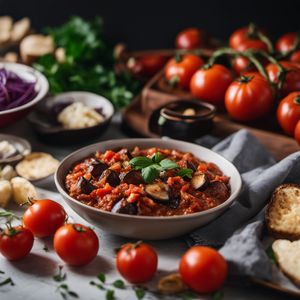
Ammoghiu
Italian cuisine

Apple Sauce
American cuisine

Awaze Sauce
Ethiopian cuisine
More cuisines from this region... Browse all »
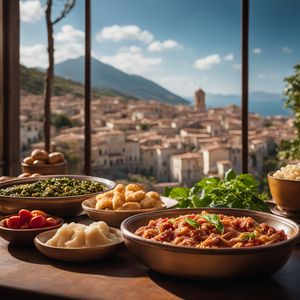
Abruzzese and Molisan cuisine
Savory, Earthy, Rustic, Hearty
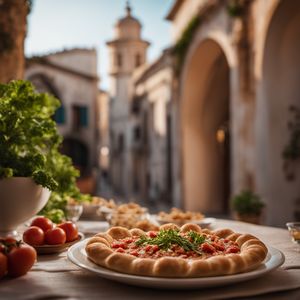
Apulian cuisine
Fresh, Savory, Rustic, Simple

Arbëreshë cuisine
Savory, Tangy, Herbaceous, Spicy

Basilicatan (Lucanian) cuisine
Savory, Earthy, Rustic, Hearty
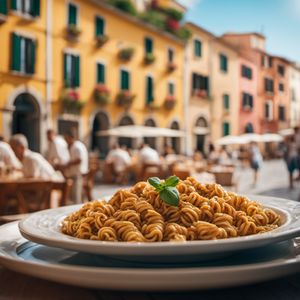
Ligurian cuisine
Light, Delicate, Herbaceous, Salty
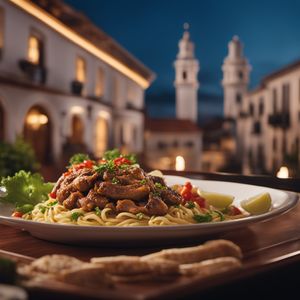
Lombard cuisine
Rich, Savory, Meaty, Cheesy
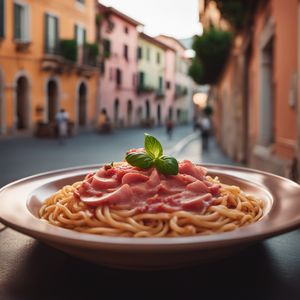
Neapolitan cuisine
Bold, Savory, Spicy, Tangy, Fresh

Roman cuisine
Fresh, Light, Herbaceous, Tangy, Savory

